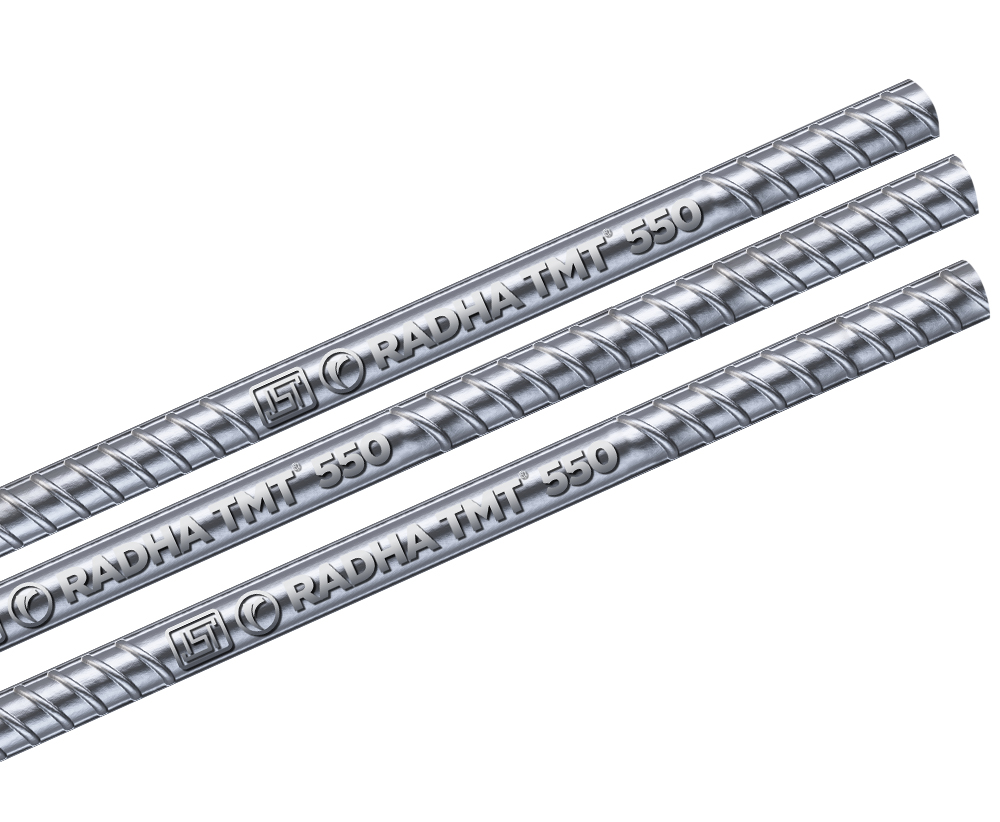Launching a new construction project requires meticulous planning and execution. Among the crucial components that ensure the structural integrity and longevity of any building is the choice of construction materials. In this regard, one indispensable element is TMT bars. These reinforced bars play a pivotal role in providing strength and stability to structures, making them an essential consideration for any new project. Let’s delve deeper into the significance of TMT bars and their role in starting new construction ventures on a strong foundation.
Understanding TMT Bars
Thermo-Mechanically Treated (TMT) bars are a type of reinforcement steel extensively used in construction due to their superior properties. They are manufactured through a process involving rapid cooling, followed by quenching and self-tempering, which imparts high strength and ductility to the bars. This unique manufacturing process enhances their ability to withstand external forces, such as seismic activity and extreme weather conditions, making them ideal for constructing resilient structures.
Ensuring Structural Integrity
One of the primary functions of TMT bars is to reinforce concrete structures, such as buildings, bridges, and dams, by providing tensile strength. During the construction process, TMT steel bars are strategically placed within concrete frameworks to counteract the tensile stresses that may arise. This reinforcement prevents cracking, bending, or collapsing of the structure, thereby ensuring its durability and longevity.
Resistance to Corrosion
Corrosion is a common threat to the longevity of steel structures, particularly in environments with high moisture levels or exposure to corrosive agents. However, TMT bars are designed to resist corrosion effectively due to their unique composition and manufacturing process. The formation of a protective oxide layer on the surface of TMT steel bars acts as a barrier against corrosive elements, thereby enhancing their lifespan and structural integrity.
Flexibility and Ductility
In addition to strength and corrosion resistance, TMT steel bars offer exceptional flexibility and ductility, which are crucial properties in withstanding dynamic loads and seismic forces. Unlike traditional mild steel bars, TMT bars can undergo significant deformation without compromising their structural integrity. This flexibility allows structures to absorb and dissipate energy during seismic events, reducing the risk of catastrophic failure and ensuring the safety of occupants.
Read Also: Steel Strength: How It Enhances Safety and Security in Buildings
Quality Assurance and Standards Compliance
To guarantee the reliability and performance of TMT bars, it is essential to adhere to established quality standards and specifications. Reputable manufacturers comply with national and international standards, such as BIS (Bureau of Indian Standards) in India or ASTM (American Society for Testing and Materials) globally, to ensure that their products meet stringent quality requirements. By sourcing TMT bars from certified manufacturers, construction projects can maintain consistency in material quality and adhere to regulatory guidelines.
Conclusion
In the realm of construction, starting strong is paramount to the success and longevity of any project. TMT bars play a vital role in laying the foundation for durable and resilient structures, offering unparalleled strength, corrosion resistance, flexibility, and ductility. By incorporating high-quality TMT bars into new construction ventures, developers and builders can instill confidence in the structural integrity of their projects while ensuring safety and sustainability for years to come. Embracing the importance of TMT bars is not just a choice but a necessity for building a future where infrastructure stands the test of time.
Read Also: Why Rhino 600+ TMT Bar Reigns Supreme among Engineers and Designers

Leave a Reply